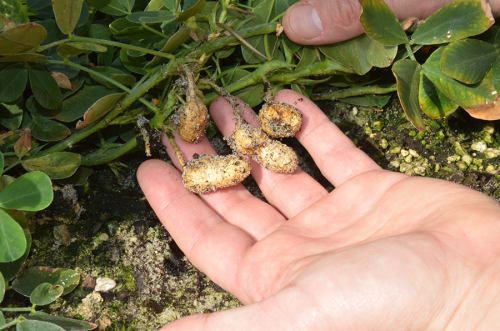Urban Air Quality:
Accelerated Afforestation
The Miyawaki method is an afforestation technique that uses densely planted indigenous vegetation to simulate the Shrub, Plant, Tree and Canopy layers of a natural forest. Closely planted saplings compete for light from above, causing them to shoot upwards instead of sideways, with optimal water consumption.

Accelerated afforestation on small landsites is a practical scalable way to improve air quality in cities. The different species and types of vegetation develop strong interlaced root systems with the sustained resilience of a natural forest. With periodic weeding, a Miyawaki forest is fully grown and self-sustaining after the first two years, with the canopy layer at 20-25 feet.

In a perennial cycle of nature, leaves use carbon dioxide, moisture, the energy of the sun and photosynthesis to nourish plants. They release oxygen into the atmosphere and sequester excess CO2. Urban forests clean and enrich the air of the city while neutralizing the effects of greenhouse gases to preserve our planet’s environment.

Inspired by EKTA’s work, a branch of the family is funding the work of two non-profit NGOs, partnered with the Delhi city government, to plant 600 trees in 200 sq m of land in each of 1,700 municipal schools, reaching a million trees across the National Capital Region by 2028.
Plant Science
& Sustainable Agriculture
In 2022, one of the world’s most advanced scientific research facilities was completed as part of HudsonAlpha’s Center for Plant Science and Sustainable Agriculture, with state-of-the-art soil sterilization, environmentally controlled seed vaults, molecular labs and greenhouses equipped to create monitored micro-climates, all under one roof.
In 2023, a demonstration garden was set up in front of the greenhouses to make the Center’s work accessible and helpful to the community and visitors.

HudsonAlpha Greenhouse Research Center and Demonstration Garden
Next door is a 2-acre research field, where scientists plant adapted plant species in real-world conditions to complement and complete their research, accelerating the transition to new and improved plants in the field that will:
- minimize the use of fertilizer, pesticides, and water
- resist common pests that threaten their survival, and
- thrive on marginal lands under varied soil conditions.

Another team of researchers at the Center is using genomics to study perennial grasses like miscanthus and switchgrass to improve their biomass for production of cost-effective biofuels and building material bioproducts, creating a green, circular bioeconomy.

Environmental Innovation at its best and EKTA is proud to be part of it.